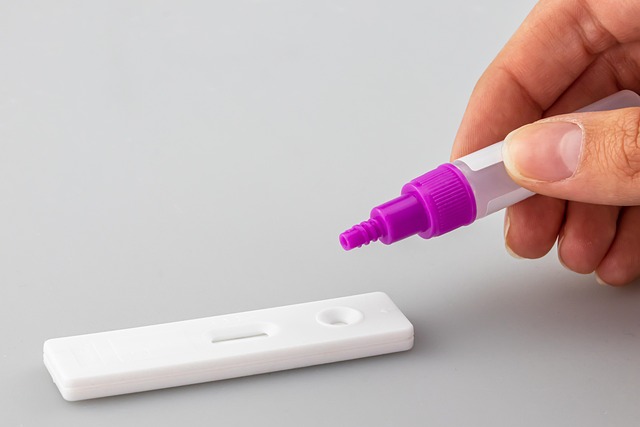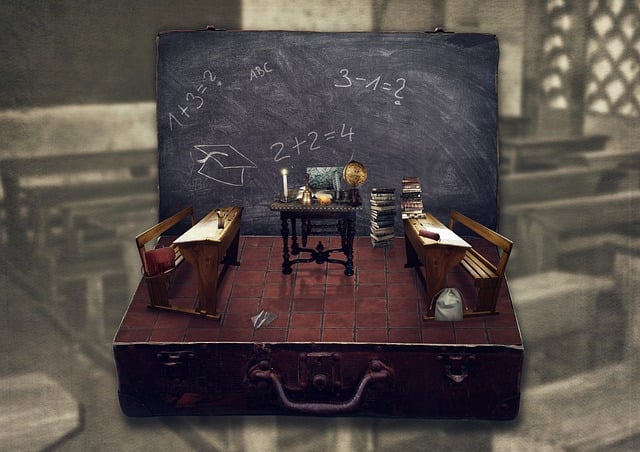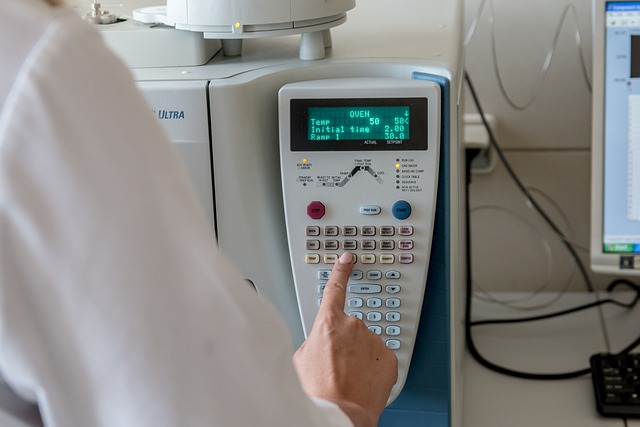Choosing between DIY asbestos test kits and professional testing in Texas depends on factors like building age, potential exposure, and desired certainty. While DIY kits offer accessibility and cost-effectiveness, professional testing provides more accurate results, especially for complex scenarios or high-risk areas, due to advanced techniques and expertise. Understanding asbestos types' visual differences is crucial, but DIY kits may miss subtle variations; professional testing ensures superior reliability for public safety.
In Texas, understanding the presence of asbestos is crucial for public safety. This article explores the distinction between DIY asbestos test kits and professional testing services. While DIY kits offer accessibility, professional testing ensures comprehensive accuracy and compliance with regulations. We delve into the benefits of professional assessment, particularly when dealing with amosite and crocidolite, two common but hazardous asbestos minerals. By comparing DIY kits to expert analysis, homeowners and professionals can make informed decisions regarding potential asbestos-related risks in Texas.
- DIY Asbestos Test Kits: Pros and Cons in Texas
- Professional Asbestos Testing: Benefits for Safety
- Detecting Amosite vs Crocidolite: Key Differences
DIY Asbestos Test Kits: Pros and Cons in Texas

DIY asbestos test kits have gained popularity among homeowners and individuals looking for a cost-effective solution to assess potential asbestos exposure. These at-home kits offer a quick way to test for the presence of asbestos in various materials, such as old insulation, flooring, or roofing. One significant advantage is their affordability; many DIY options are more budget-friendly than professional testing services. Additionally, they provide immediate results, allowing folks to take prompt action if asbestos is detected.
However, while DIY kits may be tempting due to their accessibility and lower cost, there are potential drawbacks. These tests might not offer the same level of accuracy as professional assessments. Asbestos identification requires specialized knowledge, and some DIY kits may struggle to detect low concentrations or specific types like amosite and crocidolite. Professional testing ensures a comprehensive analysis, providing detailed reports on asbestos content and type, which is crucial for informed decision-making in Texas’s construction-heavy environment.
Professional Asbestos Testing: Benefits for Safety

/ &
Detecting Amosite vs Crocidolite: Key Differences

Detecting amosite and crocidolite, two types of asbestos, is crucial for ensuring public safety in Texas. The key differences between these minerals lie in their physical properties and how they react during DIY asbestos test kits or professional testing procedures. Amosite, also known as blue asbestos, tends to be more feathery and fluffy in appearance, with fibers that are relatively shorter and less rigid compared to crocidolite, often referred to as brown asbestos. These visual distinctions can aid in initial identification but require advanced techniques for accurate confirmation.
Professional testing in Texas offers a more reliable method due to specialized equipment and expertise. DIY kits provide accessibility and convenience for homeowners or individuals conducting inspections, but they may not always capture the subtle variations between amosite and crocidolite. For better accuracy and peace of mind, especially in high-risk areas or historical buildings, consulting with professionals specializing in asbestos testing is recommended.
A method Structure, Total Structure Bedang, Material, A Method, Inhabad, Question Structure / Whole First Structure, In the Shape & Score Basic Project
